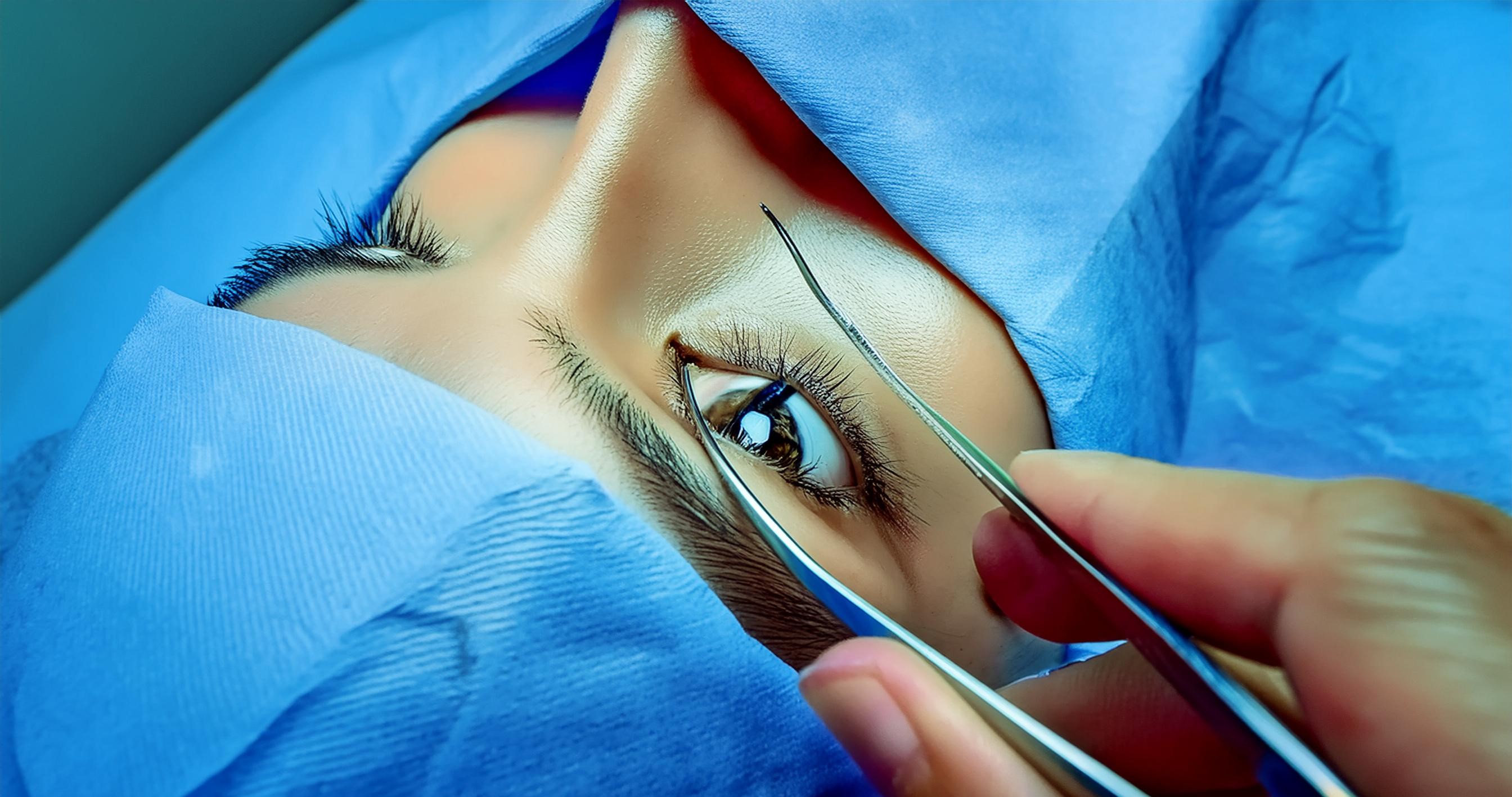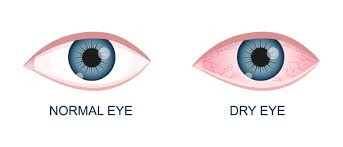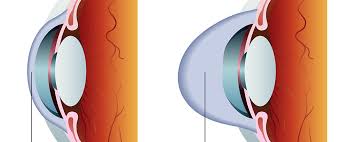In the world of vision correction, LASIK (Laser-Assisted in Situ Keratomileusis) surgery is an innovative system, that offers freedom from glasses or contact lenses to millions of people worldwide individuals. In this blog, we will understand in depth LASIK surgery, exploring its technique, capacity,
Let’s understand what is LASIK Surgery.
Lasik surgery is a refractive surgery that treats the mostly seen visionary problems such as myopia, hypermetropia, etc. It reshapes the cornea present in the eye and improves retinal function by providing clear vision.

The procedure LASIK surgery:
Before starting the LASIK surgery doctors advise the patients to undergo a few basic tests to check the percentage of vision, eye structure, and corneal function.
1)The first step in a LASIK eye surgery is corneal tissue exposure which is done by inserting a microkeratome or femtosecond laser to create a thin flap.
2)After lifting the corneal flap the excimer laser helps to reshape the curvature of the cornea and also helps the ultraviolet light to reduce the amounts of corneal tissue, helping the cornea to attain the favored refractive position.
3)Once the corneal reshaping is done, the corneal flap is repositioned, so it gets the shape naturally without the need for sutures. The flap protects the cornea by healing it and helps in faster vision.
4)After undergoing the LASIK surgery patients need to take proper care and use the medications as prescribed by the doctor. Regular eye checkups are highly essential to maintain proper eye health.
What are the benefits of LASIK Surgery?
Along with vision, LASIK eye surgery benefits patients in several ways such as:
1)LASIK eye surgery helps patients to increase the quality of vision and the patient will no longer have to use glasses and contact lenses.

2) Long-lasting visionary quality without any issues.
3)It can also help in reducing certain eye problems such as near-sightedness, farsightedness, and astigmatism.
Are there any risks and complications associated with LASIK surgery?
As the LASIK eye surgery benefits most people by providing increased quality of vision it may also include a few side effects such as:
1)Dry Eyes:
The problem of dry eyes is seen in people who undergo LASIK eye surgery that can be controlled by lubricating eye drops.

2)Flap Complications:
In a few people complications associated with the healing of the corneal flap may arise, such as flap dislocation, irregular flap edges, or epithelial ingrowth.
3)Under-correction or Overcorrection:
LASIK surgery aims at specific refractive (visionary)correction, but a few people may experience under-correction or overcorrection in the vision.
4)Visual disturbances:
Visual disturbances are experienced by patients after the LASIK eye surgery mainly during nighttime or in mild lights.
5)Infection:
In a few cases people may experience certain eye infections, so people need to maintain proper hygiene as instructed by their doctor to avoid further complications.
6)Corneal Ectasia:
In rare cases, LASIK surgery may also cause corneal ectasia characterized by thinning and bulging of the cornea which may lead to reduced vision.

Who should undergo LASIK Surgery?
Candidates who need to undergo LASIK surgery should usually meet the following criteria such as stable visionary issues from a year or two before the surgery, the candidate should have proper eye health that should be free from eye problems such as glaucoma, cataracts, and other retinal problems. Last but not least optimum corneal thickness is highly essential in corneal reshaping.
LASIK surgery aims to correct the visionary issues free from eyeglasses and contact lenses. It is highly essential to understand the process, safety measures, and eligibility criteria to undergo a LASIK eye surgery. The LASIK eye surgery best helps towards clearer vision and a healthy life do visit a doctor soon after you observe any side effects after undergoing a LASIK surgery to prevent further complications.

